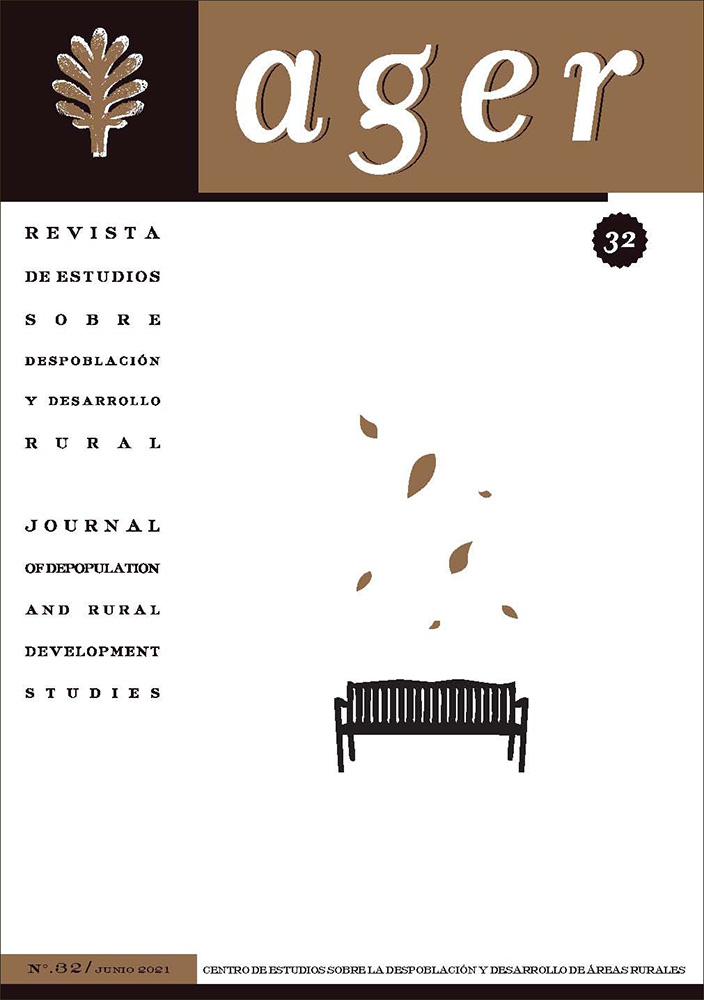Exploring the Evolutions of Historical Very Small Towns in Rural Change: A Focus on Their Socio-spatial Reconfigurations in Pays de Caux, France (1960-2020)
Resumo
The European countryside is structured by numerous simple rural centres, termed very small towns (Servillo et al., 2014), which provide facilities, goods and services to their surrounding local areas. Neglected by the academic literature, very small towns have been facing series of structural processes (deagrarianisation, deindustrialisation, development of mobilities, etc.) for several decades, which have strained their historical functions and raise the question of their obsolescence. In this paper, we question this potential obsolescence by focusing on their socio-spatial evolutions since the 1960s in the rural region of Pays de Caux (Normandy, North-West of France). Based on hybrids research methods (using historical census, historical aerial photographs and interviews of decision-makers and local actors), we discuss the extent to which very small towns have lost their historical identity. Our research leads to three mains results. First, the differences between built environment of very small towns and villages has become blurred. Second, the composition of very small towns and villages labour force – different in the 1960s due to an overrepresentation of the upper-middle class in very small towns - are now virtually similar. Third, new socio-spatial characteristics are emerging in very small towns centres and tend to redefine their role.
Publicado
Edição
Secção
Licença
Aquellos autores/as que tengan publicaciones con esta revista, aceptan los términos siguientes:
- Los autores/as conservarán sus derechos de autor y garantizarán a la revista el derecho de primera publicación de su obra, el cuál estará simultáneamente sujeto a la Licencia de reconocimiento de Creative Commons que permite a terceros compartir la obra siempre que se indique su autor y su primera publicación esta revista.
- Los autores/as podrán adoptar otros acuerdos de licencia no exclusiva de distribución de la versión de la obra publicada (p. ej.: depositarla en un archivo telemático institucional o publicarla en un volumen monográfico) siempre que se indique la publicación inicial en esta revista.
- Se permite y recomienda a los autores/as difundir su obra a través de Internet (p. ej.: en archivos telemáticos institucionales o en su página web), lo cual puede producir intercambios interesantes y aumentar las citas de la obra publicada. (Véase El efecto del acceso abierto).

